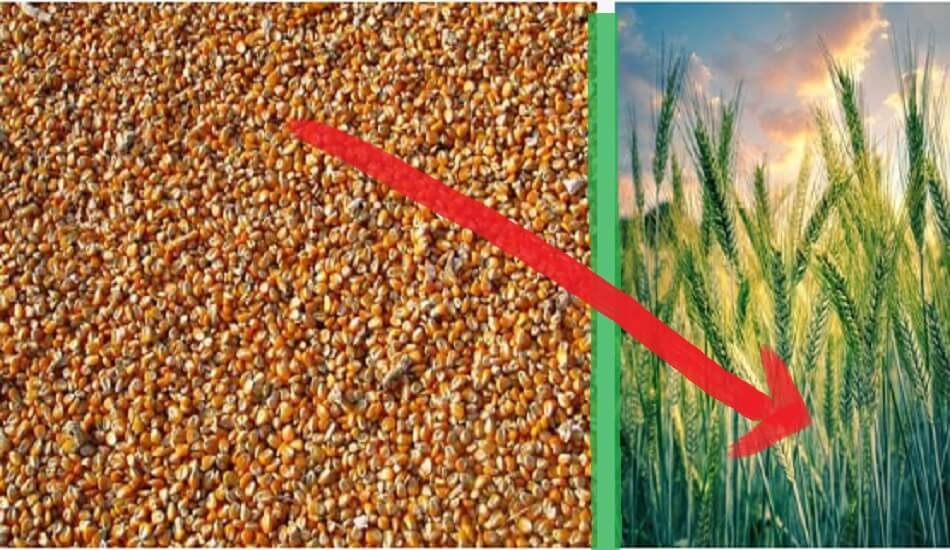Global cereal output and consumption are expected to fall.
According to the Food and Agriculture Organization of the United Nations (FAO) latest Cereal Supply and Demand Brief, release, early projections for global cereal production in 2022 point to a likely decrease, the first in four years, to 2 784 million tonnes, down 16 million tonnes from the record output estimated for 2021.
Maize output is expected to decline the most, followed by wheat and rice, while barley and sorghum output is expected to increase. Forecasts are based on crop conditions and planting intentions for crops that have yet to be planted.
Also Read | Wheat prices rise in international markets due to India’s ban on exports, Russian war: FAO.
World cereal utilization is also expected to fall slightly in 2022/23, by around 0.1 percent from 2021/22 to 2 788 million tonnes, the first decline in 20 years. The decline is primarily due to anticipated decreases in feed use of wheat, coarse grains, and rice, while global cereal consumption is expected to rise in line with global population trends.
World cereal trade is expected to fall by 2.6 percent from 2021/22 to 463 million tonnes, a three-year low, even as prospects for international rice trade remain positive.
According to the new forecasts, inventories will fall, lowering the world cereal stocks-to-use ratio to 29.6 percent in 2022/23 from 30.5 percent in 2021/2022. This new level would be the lowest in nine years, but it would still be well above the 21.4-percentage-point low recorded in 2007/08. The decline is expected to be led by a drawdown in maize inventories, while wheat stocks are expected to rise.
FAO has also updated its estimates for global cereal output in 2021, which is now expected to rise by 0.9 percent from the previous year, and cereal utilization in 2021/2022, which is expected to rise by 1.1 percent.


















Add Comment